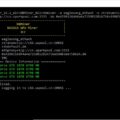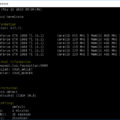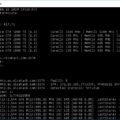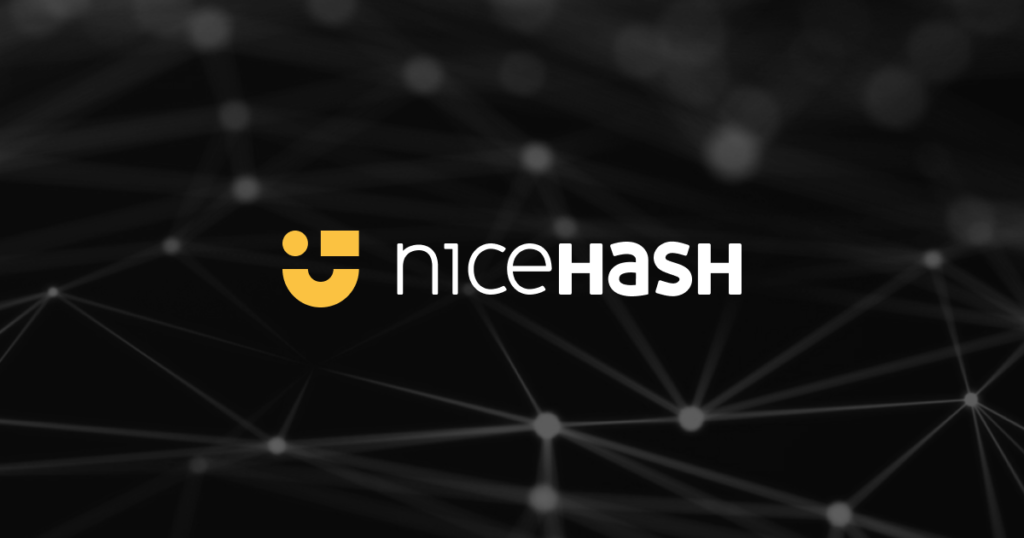If you’ve been into cryptocurrency for a long time, you’ve probably heard of VertCoin (VTC), after all, it has been available for over 7 years and has branched out many times over that time, changing Proof of Work (PoW) mining algorithms. Well, VTC has done it again, this time switching from using Lyra2REv3 to Verthash to put VertCoin mining back in the hands of GPU miners. As is usually the case with forks, requiring a wallet update and new mining software, things can get a little messy at first until everyone updates the required software and the fork happens. This means that not all mining pools and exchanges that support VTC are already up to date and fork-ready, so make sure you mine VTC with Verthash to do this in a compatible mining pool and store mined coins locally instead of sending their direct exchange for more time at least!
In order to be able to mine VTC with the new Verthash algorithm, you need to start by downloading the latest version of the VTC wallet (currently version 0.17.1) and launch it, as it will generate a Verthash data file on first launch. This verthash.dat file is over 1 GB in size, so it may take a while, but you have to wait for the miner to start working (a dat file is required on every mining rig!).
The next thing you need is to download and configure the latest version of VerthashMiner, there is a Windows and Linux version available, and the miner runs on both Nvidia CUDA GPUs and AMD OpenCL. Keep in mind that VerthashMiner requires a GPU with at least 2GB of video memory! To start mining, you will need two things: a mining pool, to which you specify your mining hashrate (you can choose – Suprnova Vertcoin Pool, as we do in this example), and the second thing the miner needs is a verthash.dat file, which the wallet will generate on first launch.
Suprnova VTC VertHash Stratum server:
– Standart Difficulty: stratum+tcp://vtc.suprnova.cc:1777
– High Difficulty: stratum+tcp://vtc.suprnova.cc:1778
– High Difficulty: stratum+tcp://vtc.suprnova.cc:1779
Example VerthashMiner command line:
VerthashMiner -o stratum+tcp://vtc.suprnova.cc:1777 -u USERNAME.WORKER-ID -p x --verthash-data verthash.dat --all-cu-devices --all-cl-devices
Make sure to replace USERNAME with the username and WORKER-ID with the worker ID you created in the pool. Then either copy the verthash.dat file from the VertCoin wallet folder to the miner folder, or specify the full path to the file in the miner command line.
How much VTC you can mine with the new Verthash algorithm depends on which graphics cards you have and how many. For example, a single power-optimized Nvidia GeForce RTX 1080 Ti graphics card puts out about 700KH / s in terms of hashrate, and that could probably give you about 1 VTC in two hours (maybe 1 VTC costs about $ 0.22 per present moment), although it grows with difficulty, it will certainly change and go down.
If you are looking for an easier alternative to start mining Vertcoin (VTC) with the new Verthash crypto algorithm, then you can also check out the official Vertcoin One Click Miner, which simplifies the process described above for people who are new to cryptocurrency. and mining in general.
























